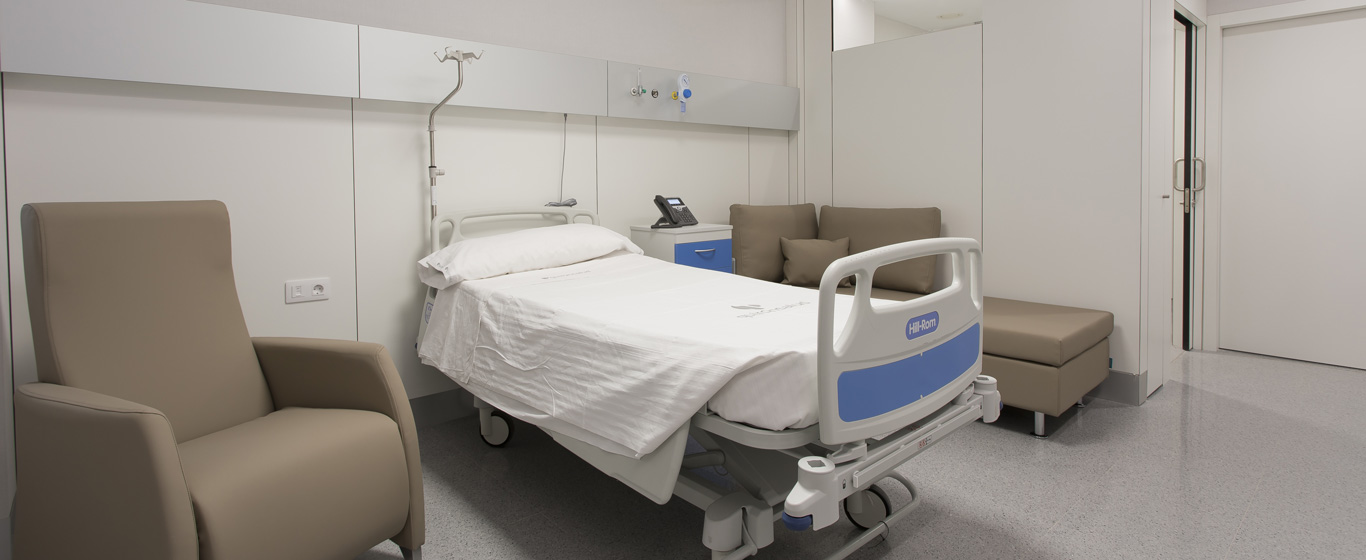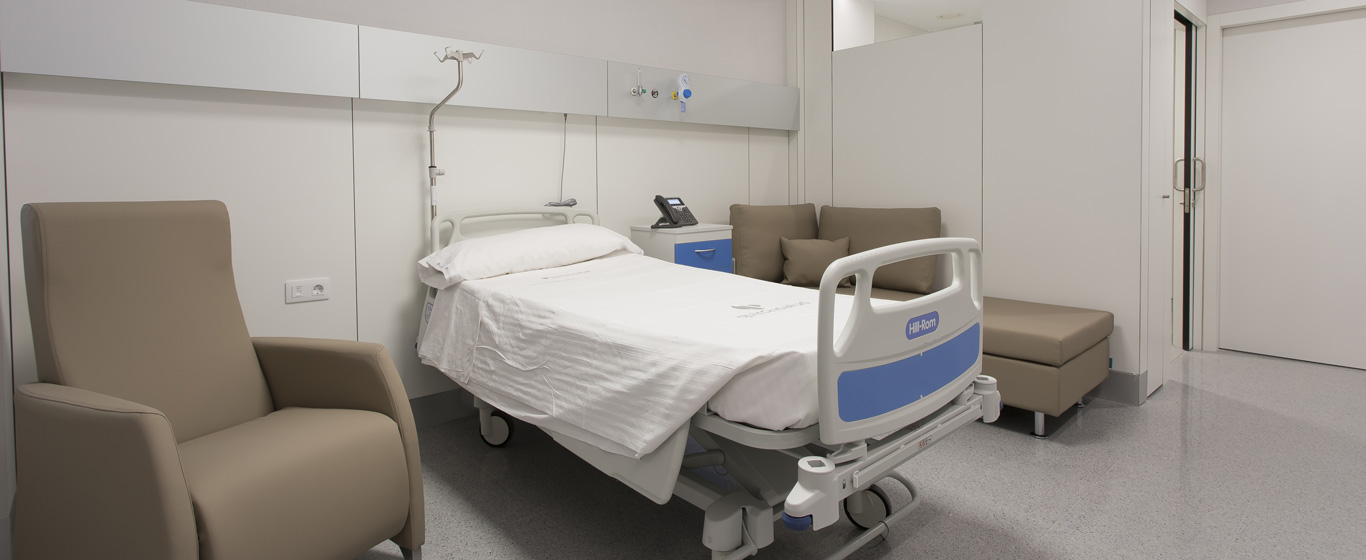Rheumatoid Arthritis
Can rheumatoid arthritis be cured? Tips for improving quality of life with chronic arthritis.
Symptoms and Causes
Rheumatoid arthritis is a chronic disease that causes joint inflammation and, in addition to pain, prevents normal movement of affected joints.
It is an autoimmune condition that leads to swelling of the synovial membrane, which rapidly deteriorates the cartilage, tendons, ligaments, and bone within the joint. In some cases, the inflammatory process can also affect other organs, even if they are not composed of joints or bones.
Unlike osteoarthritis, where cartilage wear occurs progressively and slowly, rheumatoid arthritis progresses quickly. As a result, joint deformities and bone deterioration that lead to movement limitations develop in a short period.
Symptoms
Rheumatoid arthritis symptoms usually appear in flare-ups, alternating between periods of higher intensity and others in which they may even disappear. Some of the most characteristic symptoms include:
- Joint inflammation: The most affected joints include the shoulders, elbows, wrists, fingers, hips, knees, and ankles.
- Increased tenderness and warmth in swollen areas.
- Joint stiffness: Occurs in the morning or after prolonged periods of inactivity, with varying durations among individuals.
- Fatigue and unexplained fever.
- Dry mouth.
- Gritty sensation in the eyes.
- Deformation: Over time, joints may become misaligned, leading to noticeable lumps.
When rheumatoid arthritis affects other organs, inflammation may also occur in blood vessels, lungs, heart, skin, or nervous tissue
Causes
The exact cause of rheumatoid arthritis remains unclear, but it is associated with certain factors, including:
- Immune response: The body's immune system attacks joint tissues (or other organs), leading to their deterioration.
- Genetic and environmental factors: The scientific community believes that some individuals have a higher predisposition to developing this disease when exposed to certain viral or bacterial infections.
Risk Factors
Rheumatoid arthritis can affect people of all types. However, certain factors increase the likelihood of developing the disease:
- Sex: Women are more likely to develop the condition.
- Age: Most cases are diagnosed in middle-aged adults.
- Family history: Since it has a genetic component, individuals with family members diagnosed with rheumatoid arthritis are at greater risk of developing it.
- Obesity: Studies have shown that overweight individuals are more prone to developing the disease.
- Smoking: The risk of developing this condition is higher among smokers with a genetic predisposition. Additionally, smoking worsens symptoms.
Complications
Advanced rheumatoid arthritis causes joint deformities and movement limitations, reducing quality of life and potentially leading to some degree of disability. Furthermore, it increases the risk of developing other diseases such as:
- Osteoporosis: Weak bones and the effects of certain medications used to treat arthritis increase the likelihood of fractures.
- Infections: Since the immune system is compromised, infections are more easily contracted.
- Heart problems: Caused by inflammation and hardening of blood vessels.
- Lung disease: Tissue scarring after inflammation can lead to complications such as shortness of breath.
- Carpal tunnel syndrome: Occurs when arthritis develops in the wrists.
- Lymphoma: If the lymphatic system is affected by the disease, the likelihood of developing this type of cancer increases.
Prevention
The causes of rheumatoid arthritis, which are primarily genetic and autoimmune, make prevention difficult. However, some recommendations can help minimize risk factors and reduce symptoms if the disease develops. Some key measures include:
- Avoid smoking.
- Maintain a healthy diet.
- Control body weight.
- Take care of gut health.
- Reduce stress, as it can worsen inflammation.
Which Doctor Treats Rheumatoid Arthritis?
Rheumatoid arthritis is typically treated by a rheumatologist. However, since it predominantly affects older adults, geriatricians may also be consulted. Treatment plans are often overseen by specialists in physical medicine and rehabilitation or pain management units.
Diagnosis
Diagnosing rheumatoid arthritis is challenging since its symptoms can resemble those of other diseases. Therefore, doctors use a combination of methods to confirm the diagnosis:
- Physical examination: Includes palpation and observation of joint conditions to check for swelling or increased temperature. Additionally, strength, range of motion, and reflexes are assessed.
- Blood tests: Certain abnormalities in results, such as elevated erythrocyte sedimentation rate, C-reactive protein levels, or rheumatoid factor antibodies, may indicate the disease.
- Imaging tests: X-rays, ultrasounds, and MRIs help evaluate joint deterioration.
Treatment
There is no cure for rheumatoid arthritis, so treatment focuses on reducing symptoms and improving quality of life. Available treatments include:
- Medication: Nonsteroidal anti-inflammatory drugs (NSAIDs) reduce pain and swelling without negatively affecting bones. In some cases, corticosteroids are used to prevent vascular damage, antirheumatic drugs help slow disease progression, and biologic agents modify the body’s immune response.
- Occupational therapy or physical therapy: These help improve joint movement and flexibility while teaching patients to adapt to the changes caused by arthritis.
- Surgery: In extreme cases, procedures such as synovectomy (removal of synovial fluid to ease movement and reduce pain), joint repair, or joint replacement with prosthetics may be necessary.













































































































